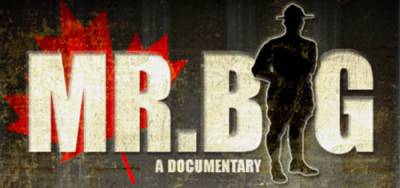 A
quandary faces the police when they “know” who committed a crime, but
they can’t arrest the person because they don’t have any physical,
forensic, eyewitness or confession evidence backing up their belief
that the person is guilty. The Royal Canadian Mounted Police solved
that vexing problem by developing an undercover sting operation known
as Mr. Big.
A
quandary faces the police when they “know” who committed a crime, but
they can’t arrest the person because they don’t have any physical,
forensic, eyewitness or confession evidence backing up their belief
that the person is guilty. The Royal Canadian Mounted Police solved
that vexing problem by developing an undercover sting operation known
as Mr. Big.